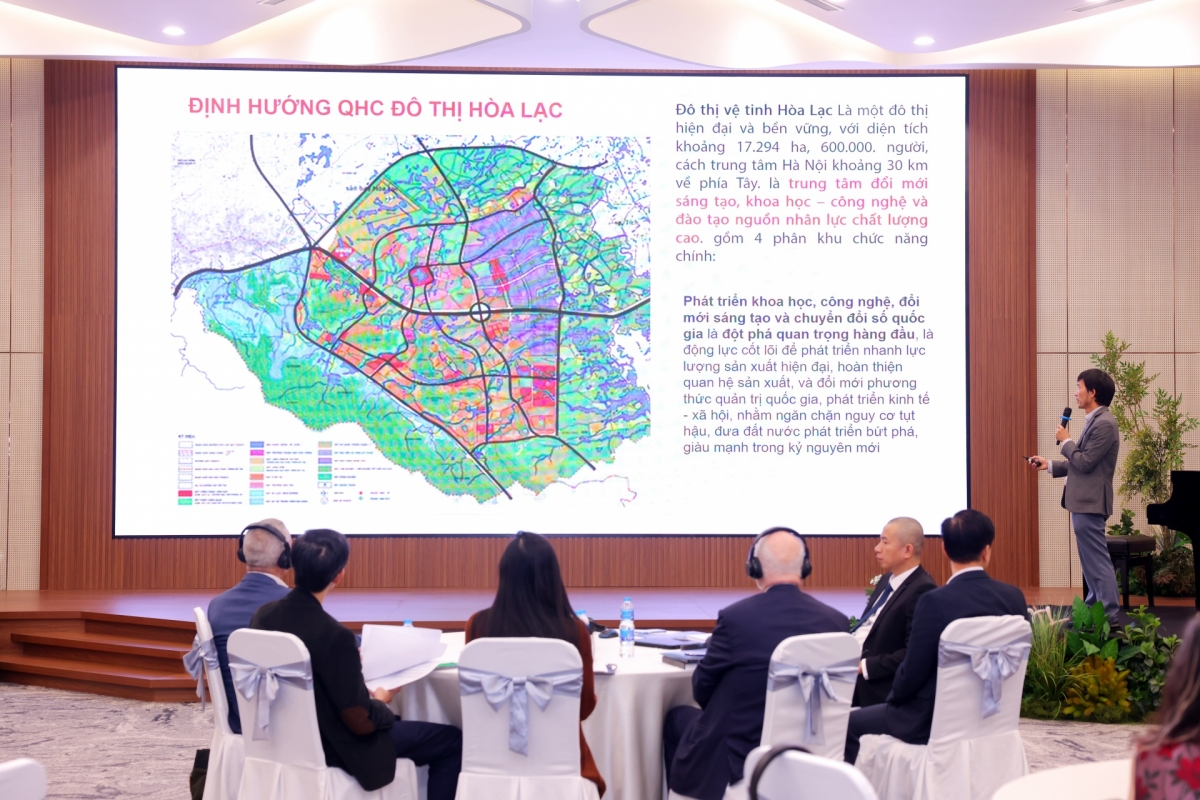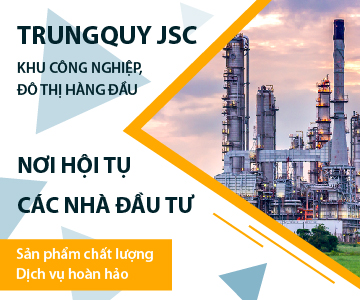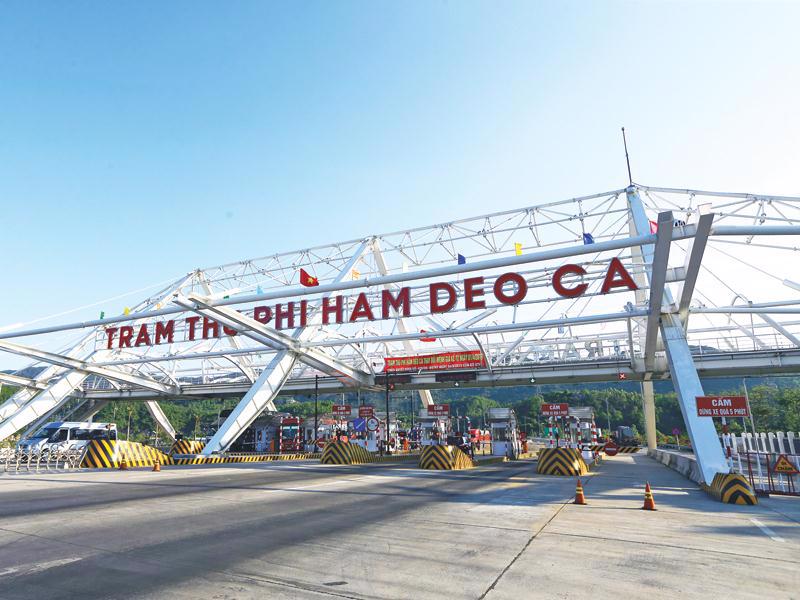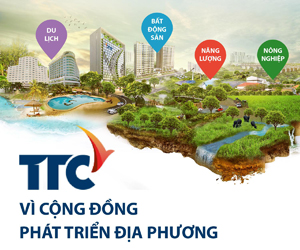INTERNATIONAL INVESTMENT
AND PORTAL
 Vinh Ha Nguyen Thi, senior partner and national head of Advisory Services Grant Thornton Vietnam
Vinh Ha Nguyen Thi, senior partner and national head of Advisory Services Grant Thornton Vietnam
According to the Vietnam Real Estate Association, industrial land supply is expected to expand by more than 108,000ha through 2030, lifting the total industrial land supply to 168,355ha, equivalent to a 23-25 per cent compound annual growth rate.
On the demand side, average absorption and occupancy across 2022–2024 hovered near 80 per cent. In the first nine months of 2025, even when occupancy slightly adjusted down to 72 per cent, net absorption still reached 7,180ha, underscoring continued strong demand for industrial property.
Vietnam is now in a new growth cycle for industrial real estate, underpinned by global supply chain shifts, stepped-up infrastructure investment, and capacity expansion in core manufacturing sectors.
Despite a complex geopolitical backdrop and US tariff adjustments in the first half of the year, Vietnam has retained its appeal to foreign investors. In the first nine months, registered foreign direct investment (FDI) is estimated at $28.54 billion, while disbursed FDI reached $18.8 billion. This is the highest nine-month level since 2020.
Disbursements remain concentrated in priority production segments: manufacturing accounts for roughly 82.8 per cent ($15.56 billion), followed by real estate at around 7.3 per cent ($1.37 billion). This indicates capital flows directly into production, driving larger requirements for supporting industrial space.
Vietnam’s industrial real estate market is evolving in both product mix and investment approach. Moving beyond the traditional lease-land-and-self-build model, since 2018 the market has seen the emergence of various models such as ready-built factories, ready-built warehouses, hybrid warehouses, build-to-suit facilities, and cold storage, targeting the increasingly specialised needs from manufacturers and logistics operators.
In parallel, merger and acquisition (M&A) and equity fundraising in the industrial space have accelerated. According to Grant Thornton’s compilation and analysis, in the first nine months of 2025 the market recorded 24 real estate transactions (including completed and announced deals) with disclosed value of about $1.8 billion. Industrial real estate accounted for 55 per cent, or roughly $1 billion.
Notably, this is far higher than full-year 2024, which saw only seven industrial real estate deals with disclosed value of around $90 million, out of 28 real-estate transactions overall.
During 2024-2025, investment formats have become increasingly diverse, from equity fundraising, project-company share purchases, and asset/project transfers, to the ‘acquire and expand’ model - acquiring portions of industrial parks (IPs) with existing assets, then developing additional phases.
Notable transactions include Mapletree Logistics Trust completing the acquisition of two logistics assets, Mapletree Logistics Park phase 3 in Vietnam-Singapore IP II (Binh Duong) and Hung Yen Logistics Park I in Yen My IP (Hung Yen), in mid-2024, with a combined floor area of nearly 122,000sq.m and a transaction value of about $53 million. The deal expands Mapletree’s portfolio of stabilised, income-producing assets across Vietnam’s key northern and southern industrial hubs.
Around the same time, Daiwa House Logistics Trust made its first foray into Vietnam by acquiring D Project Tan Duc 2 in Long An for $26.5 million.
In early 2025, Nha Rong Investment and Nova Rivergate announced the completion of their acquisition of 51 per cent in Amata Service City Long Thanh 1 and Amata Service City Long Thanh 2 from Amata Vietnam (Thailand), with a total transaction value of around $46.5 million. The two entities develop urban-services components adjacent to Amata Long Thanh in Dong Nai province.
In March this year, Sembcorp Development of Singapore acquired an existing warehouse at Dinh Vu IP in Haiphong with approximately 10,000sq.m of built space, while unveiling plans to add five new warehouses on the same site to form Sembcorp Logistics Park in Dinh Vu. This is a textbook acquire-and-expand transaction, enabling rapid market entry alongside faster execution and improved operating efficiency.
Beyond M&As, equity capital raising by domestic players has accelerated to fund new projects. This included Kinh Bac City privately raising nearly $160 million, and Becamex IDC announcing plans to auction 300 million new shares, targeting proceeds of roughly $820 million.
We expect Vietnam’s industrial real estate M&A to continue to be active, supported by key structural drivers. Firstly, manufacturing FDI continues to run at high levels while the global supply-chain reconfiguration shows no sign of slowing. This is a direct catalyst for demand for industrial land, ready-built factories, and supporting logistics facilities.
Secondly, the government’s strong push on national infrastructure, inter-regional expressways, deep-sea ports, logistics networks, and the power-transmission grid, provides a solid foundation for a new generation of IPs.
Thirdly, brownfield and acquire-and-expand strategies are increasingly favoured by foreign investors. Acquiring operating assets and adding new phases shortens delivery timelines and accelerates time-to-operation.
Finally, capital from institutional investors, infrastructure funds, and logistics trusts is tilting towards environmental, social, and governance-compliant industrial assets, notably green ready-built complexes, cold-chain facilities, and sites that are data centre-ready.
